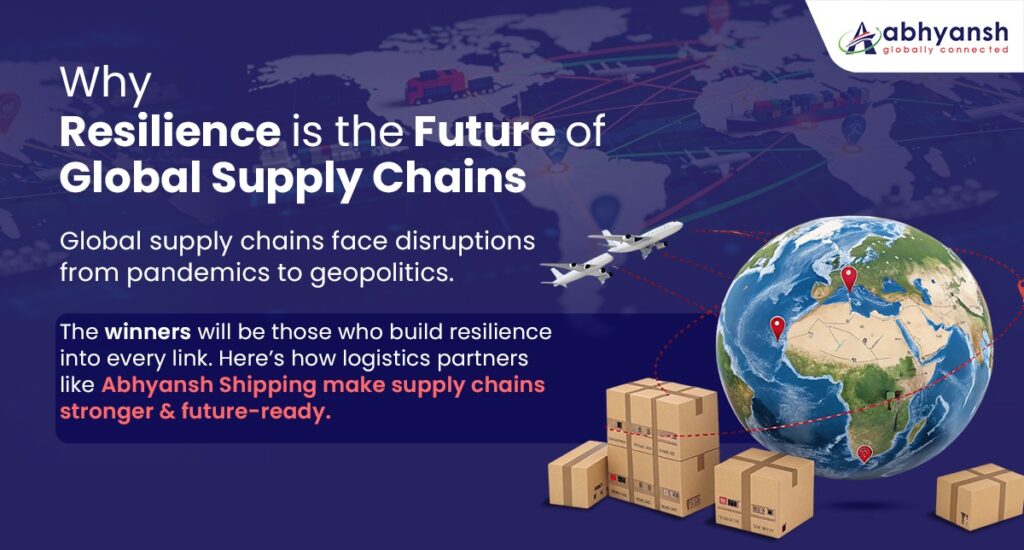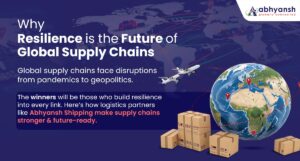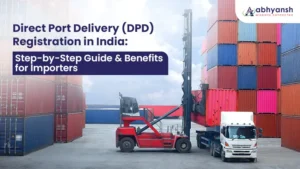The last few years have been a masterclass in disruption. From global pandemics and port congestion to geopolitical conflicts and container shortages, the world has learned that efficiency alone is not enough. What truly matters is resilience.
In today’s volatile global landscape, the businesses that will thrive are those that can withstand, adapt, and recover from disruptions, not just react to them.
That’s why, as we move into 2025, resilience has become the new foundation of global supply chain strategy.
From Efficiency to Resilience
For decades, supply chains were built on lean models focused on minimizing cost and maximizing efficiency. But events like COVID-19, the Suez Canal blockage, and global trade restrictions exposed a painful truth: hyper-efficiency without flexibility creates fragility.
According to McKinsey, over 90% of supply chain leaders plan to increase investment in resilience over the next three years through diversification, digitization, and local sourcing. The focus is shifting from “just in time” to “just in case.”
At Abhyansh Shipping, we believe resilience doesn’t mean redundancy, it means strategic readiness. It’s about anticipating risks and building systems that can adapt without breaking.
1. Diversification: The Power of Multi-Route Thinking
Resilient supply chains don’t depend on a single port, route, or mode. Businesses are increasingly adopting multimodal logistics combining sea, air, rail, and road to maintain continuity when one route is disrupted.
Abhyansh helps clients design flexible logistics networks that balance efficiency with agility, ensuring the uninterrupted movement of cargo even during global uncertainties.
2. Digital Visibility: Seeing Disruption Before It Strikes
Resilience is built on real-time visibility. AI-powered tracking, predictive analytics and digital twins are transforming logistics providers monitor and manage risks. With smart dashboards and predictive alerts, companies can make proactive decisions rerouting shipments, adjusting timelines, or reallocating inventory before disruptions escalate.
By adopting advanced digital tools, Abhyansh empowers clients with end-to-end shipment visibility, improving response time and reducing losses.
3. Sustainable Resilience: The Greener Advantage
A resilient supply chain is also a sustainable one. Eco-friendly logistics such as optimizing routes to reduce emissions, adopting electric transport, and digitizing paperwork not only minimize environmental impact but also ensure long-term operational stability.
Sustainability builds trust among global partners and strengthens regulatory compliance making businesses more future-ready.
4. Collaborative Partnerships for Long-Term Strength
True resilience isn’t built in isolation. It’s the result of collaboration across the logistics ecosystem from freight forwarders and warehouse operators to customs agents and technology providers.
At Abhyansh Shipping, our role goes beyond transportation, we act as strategic partners, helping clients assess risks, plan contingencies, and future-proof their logistics networks.
The Road Ahead
In an unpredictable world, resilience is no longer a buzzword, it’s a business strategy. Companies that integrate flexibility, visibility, and sustainability into their supply chains will not only survive disruptions but turn them into opportunities for innovation and growth.
As global trade evolves , Abhyansh Shipping remains committed to helping businesses build stronger, smarter, and more resilient supply chains because the future of logistics isn’t about avoiding uncertainty, it’s about being ready for it.






